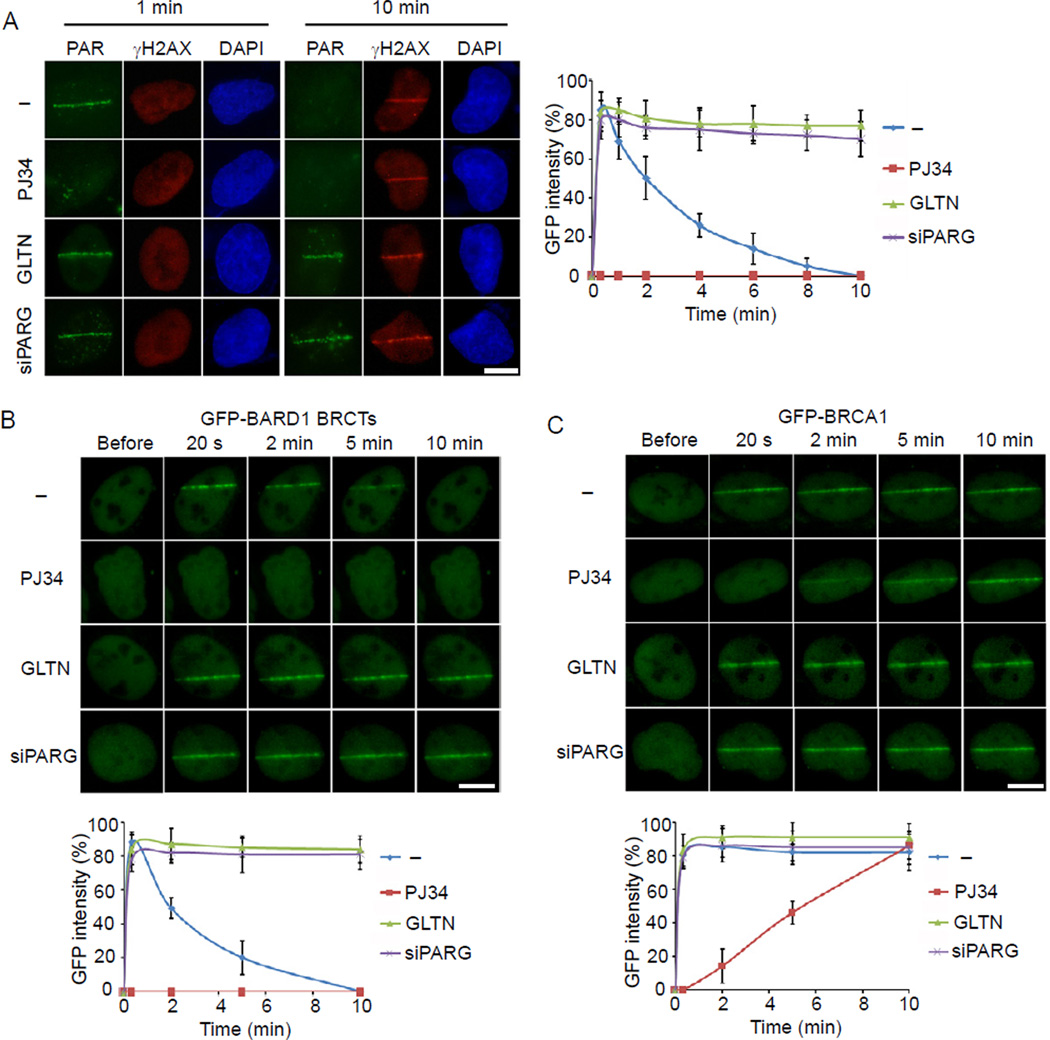Figure 3. The effect of PARP inhibitor on the recruitment of the BRCA1/BARD1 heterodimer to DNA lesions during early DNA damage response.
(A) Representative staining of PAR and γH2AX in cells pretreated by PJ34, GLTN, or PARG knockdown at 1 min or 10 min after laser microirradiation (left). Cells pretreated by PJ34, GLTN, or PARG knockdown were fixed at the indicated time points after laser microirradiation, and the kinetics of PAR staining was examined and summarized in the panel graph (right). (B) The effects of PJ34, GLTN and PARG knockdown on the recruitment of BARD1 BRCTs to DNA damage sites. GFP-BARD1 BRCTs was expressed in U2OS cells pretreated by PJ34, GLTN or PARG knockdown. The relocation of GFP-BARD1 BRCTs was monitored in a time course following laser microirradiation. (C) The effects of PJ34, GLTN and PARG knockdown on the recruitment of BRCA1 to DNA damage sites. GFP-BRCA1 was expressed in U2OS cells pretreated by PJ34, GLTN or PARG knockdown. The relocation of BRCA1 to DNA damage sites was monitored in a time course following laser microirradiation. GFP fluorescence at the laser line was converted into a numerical value (relative fluorescence intensity) using Axiovision software (version 4.5). Normalized fluorescent curves from 20 cells from three independent experiments were averaged. The error bars represent the standard deviation. Scale bar = 10 µm. See also Figure S3.

